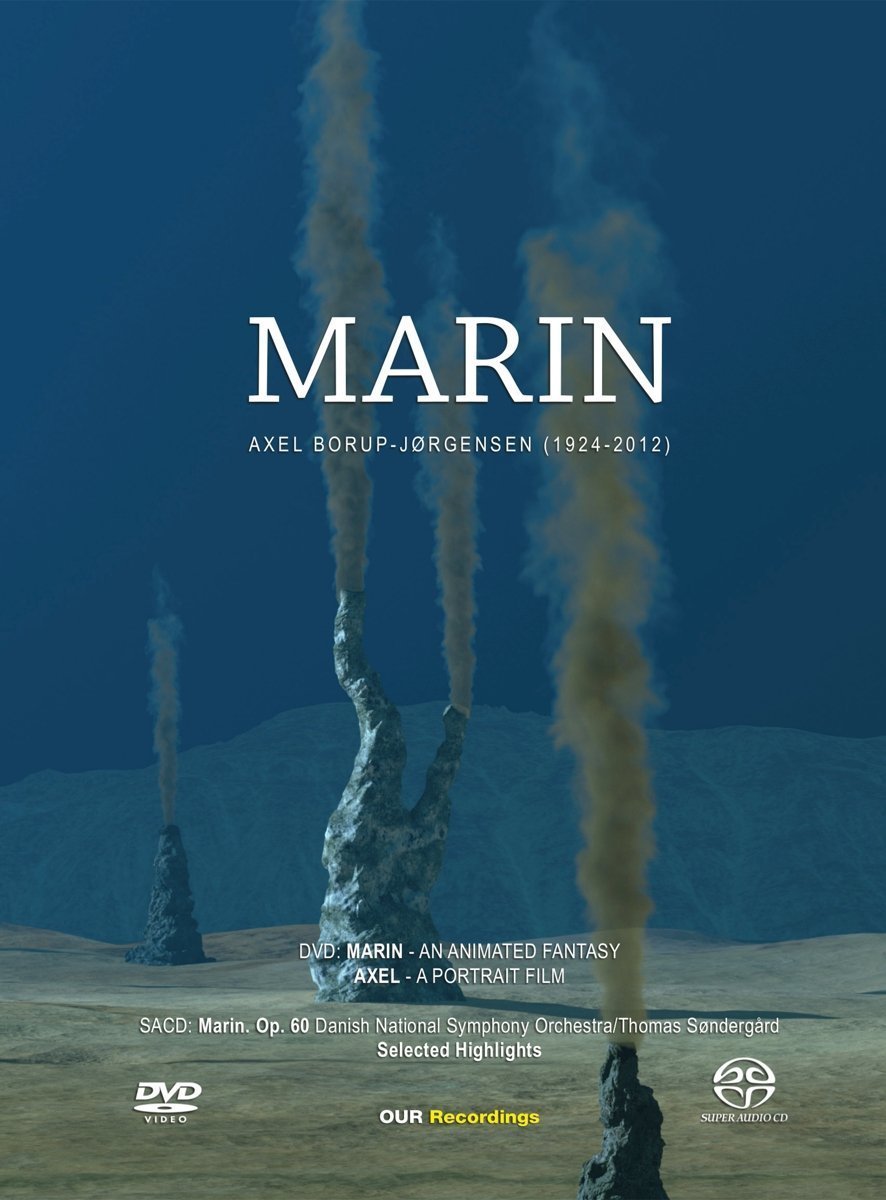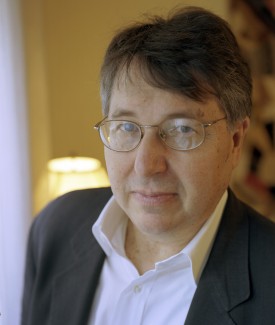I feel as though this artist is a personal discovery for me. Whilst surfing You Tube I found a series of his videos which greatly appealed to me and I contacted him via email. I learned that he was about to release his debut as a solo artist. The logistics of sending CDs by mail “across the pond” as the saying goes are fraught with financial and logistical hurdles so I was glad to find that he was releasing via Bandcamp, a music vendor and streaming service whose business model appeals more to me every day. This album is also available on Amazon music and probably other streaming sites as well.
Let me first issue a disclaimer, to wit: that I am an unreformed and unashamed Glass groupie whose live performances with his ensemble will doubtless comfort me well into my waning years. Those memories echo in my head even now.

Dennis Weijers describes himself on his web page as follows:
“Dennis Weijers is a Dutch musician and composer. He followed a traditional education at the conservatories of Rotterdam and Enschede, and got in touch with experimental electroacoustic music after moving to Berlin. Dennis started to merge his accordion with electronics.
Dennis works with a variety of instruments and gear (from accordions and modular synths up to a 1948 wire recorder, tape machines and more curiosities). In 2018 he did a concert series in which he performed the complete version of Philip Glass’ Glassworks. In 2021, his debut album Accordion + Modular Synthesizer was released.”
The present disc is apparently one of those “crowd sourced” deals which allows public funding for a given project not easily funded otherwise. I missed this project but I will be on board for his next release. So I delved into his online presence and found a young highly skilled man whose primary instrument is the accordion and whose interests take his composing and transcribing skills into the electroacoustic and sound installation realms. His choice of accordion as primary instrument puts him in the company of other innovators such as Pauline Oliveros, Guy Klucevsek, William Schimmel, Miloš Katanić, and others to whom I apologize for not naming here. Do click on his You Tube link (provided above) to get an idea of his creative foci. They include a excerpts from a couple of sound installation works as well as a bit of Terry Riley’s “Rainbow in Curved Air”.

But let’s get to the album at hand. This recently release contains a complete performance of Philip Glass’ “Glassworks” arranged for accordion and electronics. This could have been done purely as a recording but it seems clear that Weijers is enamored of live performance so these arrangements can be done live (which is apparently how he developed them).
The “Opening” begins with apparently with a brief section with (apparently to these ears) a lo fi/hi pass filter which sounds like a glitch and shortly morphs into a full spectrum sound for the rest of the performance. In fact compositional notions like glitch, sampling, looping, etc. appear strategically in other movements but I will leave that to the listener to discover. Don’t get me wrong, this is not a recomposition but rather a recasting in which the artist provides a context and uses a few effects judiciously providing a personal touch much as a painter signs a painting.
This faithful, loving rendition segues into the second movement, called “Floe”. For those who have heard Glass’ ensemble do this live (as I did in 1980) you will likely feel nostalgia. The experience is one of a good transcription of a familiar piece and the nostalgia likely comes from the life memories attached to that first hearing.
The third movement, “Islands” is a glorious minimalist slow movement which serves as much to relax the listener as it does to provide a significant contrast in anticipation of the next movement.
Movement 4, “Rubric” is a manic masterpiece which I recall playing so much that I wore out those grooves on my vinyl copy. Weijers really shows his interpretive musical chops here. He makes the piece rock and his rhythmic sensibility suggest a fondness and familiarity with jazz.
Movement 5, “Facades” is one of Glass’ early hits and, as I recall, was liked even by folks who didn’t like his other music. My recollection is that this piece had originally been written for the Godfrey Reggio film, “Koyaanisqatsi” but not used. Like any good composer does it was repurposed into the present multi-movement work. This movement triggers sadness with my nostalgia as I recall reveling in the beautiful playing of the now late Jon Gibson.
“Closing” is basically a reworking, an orchestration of the “Opening” section which kind of opens the door to inviting transcriptions. It is a full orchestration of what had been a solo piano piece at the beginning. Weijers seals the deal on nostalgia when he ends this movement by reintroducing that high pass filter and adding a little vinyl groove scratches at the fade out. That brought a bit of a tear to my eye.
I don’t know Weijers age but I doubt that he was even a twinkle in his parents’ eyes at the time I saw those performances but he has clearly absorbed this music this music completely and shows a deep love and affinity for it. It is a mark, perhaps of genius, that he frames his performance of the complete work with the lo fi/glitch at the opening and vinyl crackles at the end. It was a reminder to this age denying listener that this was indeed long ago. (Over 40 years).
The major work on this album is the following track. It is the performance (excerpted on You Tube) which first gave me that delightful twinge I feel when I believe I have discovered something new and meaningful. It was a performance of a too little known work by Steve Reich (Variations for Winds, Strings, and Keyboards, 1979), another minimalist composer who was a frequent visitor to my turntable. The work, roughly contemporary with Glassworks, was only recorded once by the San Francisco Symphony under Edo De Waart, is an overlooked masterpiece.
It’s impossible to miss the Dutch connections with Glass (whose 1979 opera “Satyagraha” was commissioned by the city of Rotterdam) and the only recorded performance of Reich’s Variations performed by the prominent Dutch conductor Edo de Waart. Well now comes Mr. Weijers delivers a beautiful transcription and spectacular performance which very well might raise this work out of its languished state. At the very least this is a tribute to Reich.
It is wonderful to hear this Reich piece again. I have never heard it live and, as far as I know, Reich never attempted to recast it in a new orchestration (as he did with the “Octet” orchestrated and played more commonly now as “Eight Lines”). The point is that we have a younger generation encountering, appreciating, and celebrating what is now “old school” minimalism. Whether you are encountering these pieces for the first time or basking in the nostalgia of rediscovery through creative and dedicated new performances this is a truly auspicious debut of a musician who has given new life to music which clearly has endured and will likely continue to endure into further generations. Bravo, Mr. Weijers.
As if this weren’t enough the curious collector gets two extra bonus tracks if you download via Bandcamp. They are two brief pieces that provide a peek at Weijers’ other musical efforts. The first is a beautiful meditative tribute to minimalism, a gentle elegiac piece for accordion and electronics. The second, a collaboration with Koen Dijkman, a musician who appears on other releases along with Weijers. This piece has a more prog rock/improv feel.
If old school minimalism appeals to you or contemporary accordion, you will want to hear this album. But regardless I’m willing to bet that you will be hearing more from this wonderful artist. And I bristle with anticipation.




















